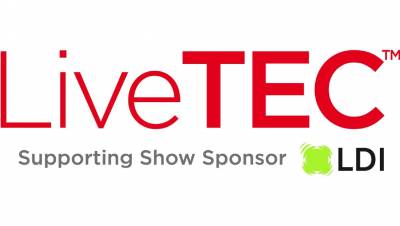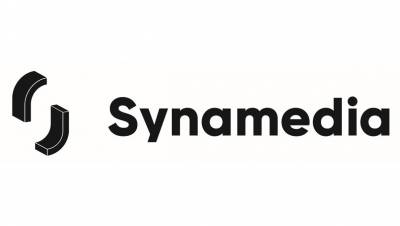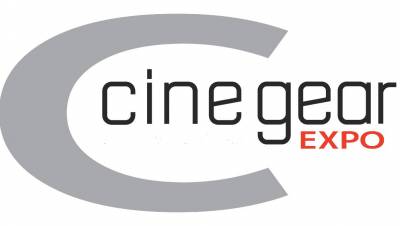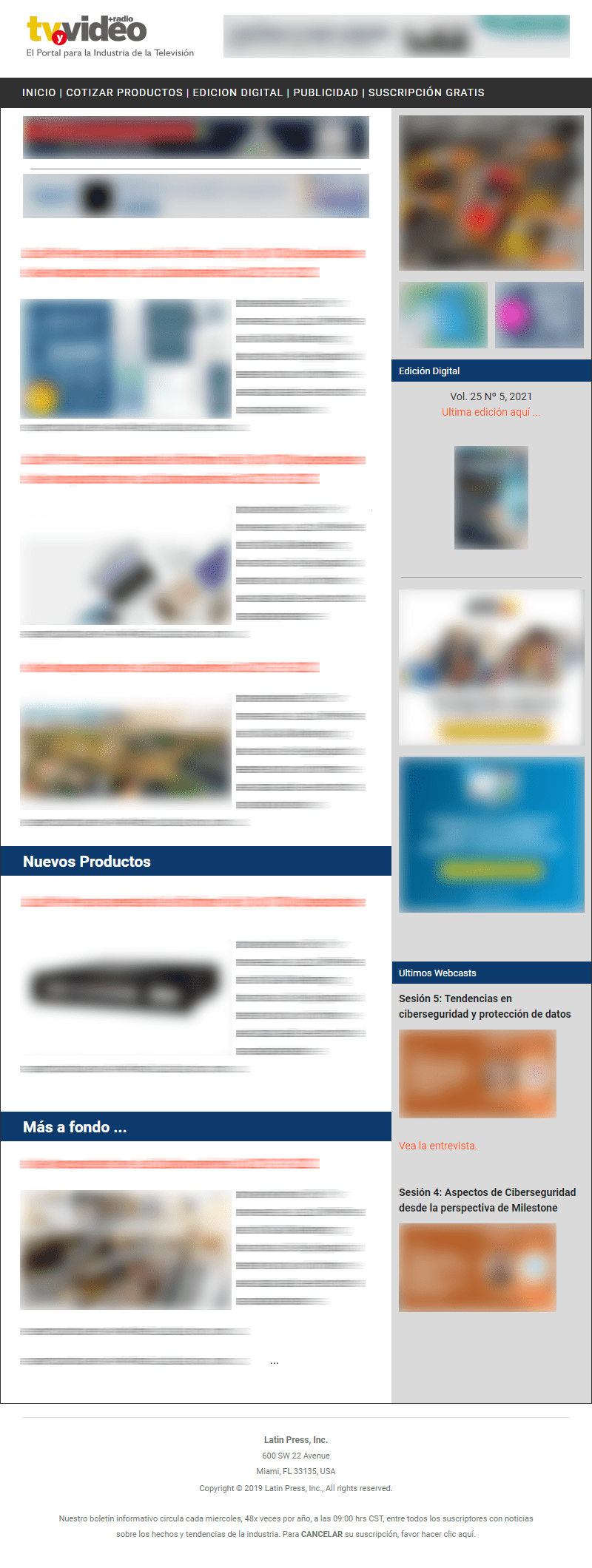To achieve success in fully digital production studios, the structuring of the system is essential. What's more, the design of the editing departments and the operation of the main storage/server, as well as their integration, are important. This involves designs that take advantage of the flexibility offered by discs, rather than attempting to reproduce the current performance of the tape.
Introduction
For nearly 20 years, digital television equipment has increased its reach and capacity. At first the products did not show their digital signals to the outside world because they floated in an analogous sea. Now not only are most computers digital, but also the connections between them. The sea went digital.
There are already digital complementary production studios that include assembly, graphics, input and playback/transmission, but based on their analog predecessors. However, the digital age did not limit itself to replacing analog machinery, it also brought countless possibilities and approaches to meet the challenges of the modern television industry that every fully digital studio should incorporate.
One of the most recent and significant changes has been the combined effect of falling prices, higher storage densities and the increased speed of computer disks that presages their unlimited use for digital video storage.
There are already many areas where significant advantages over tapes are shown. It is clear then that records will be a fundamental component in future fully digital production studios.
Objectives
Technology alone cannot be the only measure of the quality, capacity or convenience of equipment for a given application. It is essential to look to the future and consider what needs need to be met and what benefits the new systems bring. When establishing a fully digital production studio the objectives are:
1) Improvement in signal quality without generational losses through the system.
2) Advances in the distribution and availability of the program for all users.
3) Greater reliability and flexibility – especially in the reproduction process.
4) Integration with new technology.
This article, divided into two installments, measures the success of four solutions for the fully digital production studio against these objectives, concentrating on the areas of editing, graphics and reproduction/transmission. The first three solutions are only partially successful but obviously lead to the fourth, based on Clipbox, which meets all the objectives. The technological changes needed to reap the potential benefits of a fully integrated system are illustrated here.
Solution 1: Tape-based study
All fully digital studios established to date are based on tape technology. Its structure owes much to the schemes used for many years.
Editing is based on panels with multiple VTRs for editing control, multiple DVDs, digital switches, character generators, and graphics; the edited tape is sent to the conveyor machine of the transmission system for air playback. The machines connect to the serial digital interface (SDI), feeding the digital signal on a single coaxial cable, and are switched by serial digital routers. Since this replaces the three cables needed for analog components, with the additional possibility of including sound, it is possible to reduce the wiring.
The tape-based digital production studio can achieve the goal of improving signal quality, especially if component digital recorders are used. Because it is digital, the connection with other digital equipment is simpler, although it does not reach total integration. With the program distributed in the same way, by means of cassettes, and the reliability of the system depending on tapes and complex electromechanical machines, the remaining two objectives are not met.
The Emergence and Rise of Disk-Based Systems
Discs now offer viable alternatives to total trust in tapes, especially in the areas of editing and playback, but there are large differences in operation and related costs. It is essential to find the best way to apply this new medium to ensure that the technology produces the maximum benefits and to meet the proposed objectives.
Since the late eighties the superiority of panels for regulating tape-based linear editing has been increasingly questioned due to the introduction of non-linear disk systems. As direct, one-by-one spare parts for digital RTTs, digital disc recorders (DDR) are used as video cache cones. Built-in editing control panels have also appeared in which single-disc storage is used to supply all the necessary sources and recording destinations. These panels range from those off-line that use dense video compressions, to panels for online control that use little or no compression. The recent development of redundant disk sets introduced not only much larger storage capacity but also more reliable operation: any faulty disk handler can be replaced without loss of information. With a cheap storage time that works for several hours, they are now applied not only for editing but also for playback systems. Non-linear access to video can greatly speed up operation, and the absence of very complex mechanisms for handling cassettes and tapes offers greater reliability and reduced maintenance. These huge benefits present a bright future for discs and a limited role for tapes.
Future production studios will be disk-based, but how should the system be configured? Since the disks used today differ from tapes in that they are not removable, distribution is done by copy and not by physical transfer, thus generating new methods of distribution and system operation. The following solutions 2 to 4 describe the fully digital disk-based production studies from the point of view of system configuration and in addition, points 3 and 4 – which will be considered in the second installment – bring up the specification of the main storage or server.
Solution 2: Networks for video-linear services
It is possible to form a digital production studio that includes facilities for editing/graphics and for reproduction connected via a network to a central video server storage.
The server connects its output stations via a linear network that can be easily expanded by adding other stations. During operation, sound, video and photographs can be fed into the server for storage in the main repository and from there sent to graphics and editing stations over the network, according to needs. Jobs performed at the output stations can be sent back to the server for storage or playback.
Experience with computer systems tells us that network expansion can never be infinite: there is always a practical limit beyond which the network becomes very slow or stops altogether. Although many computer users are not affected by having to wait sometimes a few seconds, for broadcast this is usually unacceptable.
Another change in the world of computers is the sheer volume of data involving digital television images. When using ITU's 601 digital encoding standard, a single digital TELEVISION channel with 8-bit 525 line will produce a data stream of 168 megabits per second. Even before taking into account checks and bug fixes as well as other network delays, this – in terms of computers – is a very high data rate that demands the latest technology for the server and for the network. In practice it becomes a real bottleneck because several channels are needed to serve the network. One possibility is to reduce the data by putting a lot of pressure on the images, but this compromises the quality of the illustration and limits flexibility because the use in the output stations is restricted to off-line.
The objectives are only partially met. Assuming there is no containment on the network, the system may be superior by offering improvements in the distribution of program material. The disk-based server should be reliable and easy to access to play. however signal quality is sacrificed in compression and flexibility is limited since workstations only have quality off-line.
Editor's Note:
In the next issue of TV&Video Latin America will conclude this work with the following topics: Solution 3, Network for video service –Estrella, which exposes the alternative of connecting the server in a star configuration and Solution 4, integrated system for editing and reproduction that satisfies the objectives and depends on the equitable distribution of tasks and the application of recognized technology. This second installment will also include the conclusions of the conference.© 1995 National Association of Broadcasters. Exhibition by Ken Brindley, Quantel, Ltd. Reproduced from 1995 Proceedings. 49th Annual Broadcast Engineering Conference, with the express permission of the publishers.
























Leave your comment